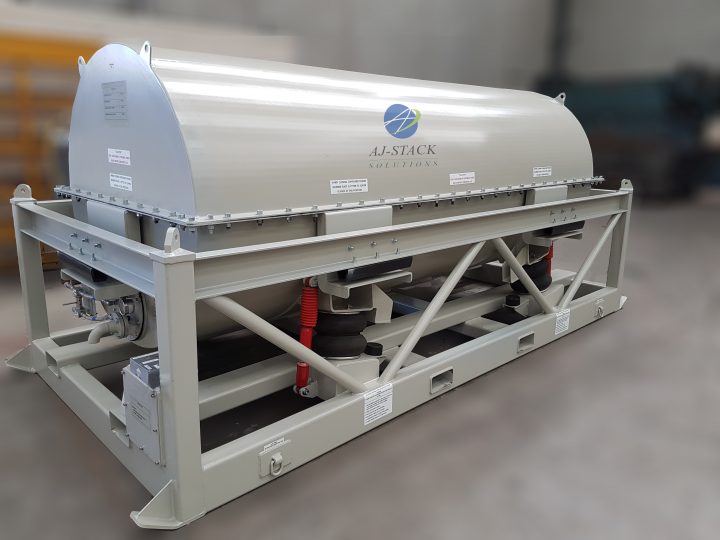Innovative thinking helps reduce damage to precision equipment caused during transport
The transport of turbomachinery in remote oil and gas projects often involves rough road or sea conditions that risk damage to the equipment before it arrives on site. An Australian company is minimising these risks through a sealed storage unit that uses data logging to show operators the exact impact of travel conditions.

Turbomachinery uses precision bearings and seals which can be damaged when subjected to excessive impact loads. If these bearings or seals are damaged during transit or storage and then installed in an oil or gas operation, it can lead to costly unplanned outages and premature equipment changeouts.
Even if the damage is not immediately obvious, it can show up later in the engine’s lifecycle, which can cause further costs to have the machine exchanged or repaired, as well as delays to the project’s timeline.
Incorrect storage can also lead to corrosion damage, particularly in humid, tropical or coastal environments.
Industry response to transportation problems
In response to a growing demand from the industry to have equipment protected and guaranteed to arrive on site in good condition, Australian rotating equipment, and technical business solutions company, AJ Stack Solutions, has created the Transport and Storage Container (TSC).
Arthur Stack, Managing Director of AJ Stack Solutions, said the design of the TSC significantly reduces the risk of transportation damage, and protects the contents over extended periods of time in storage in aggressive environments.
“It features air-spring suspension designed to isolate the damaging impact loads, avoiding these loads being transmitted to the equipment,” Mr Stack said.
“The TSC provides a sealed storage environment. The atmosphere in the vessel is protected with a Vapour Corrosion Inhibitor emitter which will also provide all exposed surfaces with a protective barrier against corrosion.”
The TSC is manufactured in Australia and is typically used by operators in the oil and gas or power generation industries for gas turbine engines at remote sites.
Data logging offers quantitative results
To provide users with quantifiable proof of exposure, the TSC has been designed with a long haul tri-axial data recording capability.
This data logging system consists of: accelerometers that measure transport loads in three axis, data storage, and an extended life battery in excess of 12 months.
The device is activated prior to transport and will record G-loads experienced by the equipment over the journey.
“When an engine has been subjected to excessive impacts or road vibration it is not immediately obvious in many cases,” Mr Stacks said.
“By monitoring the experience of the package from the point where it leaves the original equipment manufacturer’s plant to when it is delivered, users can have high confidence that the plant will perform.”
If there are any issues later down the track, the data that has been recorded can also be used to quickly identify the problem.
“The end user will be able to substantiate the history of the plant and be in a strong position in terms of isolating the cause of plant malfunction. It is also expected that as confidence in the system grows more favourable, insurance terms should be possible if insurers can quantify the risk,” Mr Stacks said.
Reducing project risk
While there are products available for machinery storage, there is no other product with both storage and transportation capabilities, as well as data logging devices.
Wade Elofson, founder of Powered, an Australian energy and resource-focused business development company, said products like the TSC are helping to streamline oil and gas projects and minimise the risk of extra costs or delays, which is a significant consideration for all current and planned projects.
“Gas turbines and other turbomachinery are critical pieces of equipment, so to have one arrive on site damaged, or to get one out of long-term storage and find it can’t be used, that is a major and costly inconvenience for operators,” Mr Elofson said.
“Having the combination of shipping and storage with a web enabled monitoring device makes the TSC an attractive means of protection for end users, especially given the value of the data logging.”


